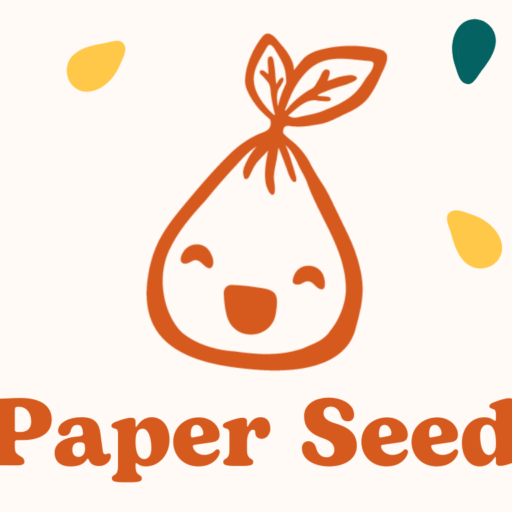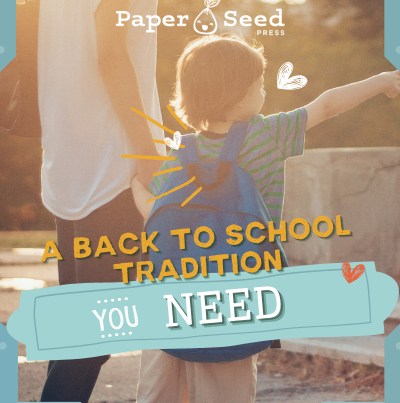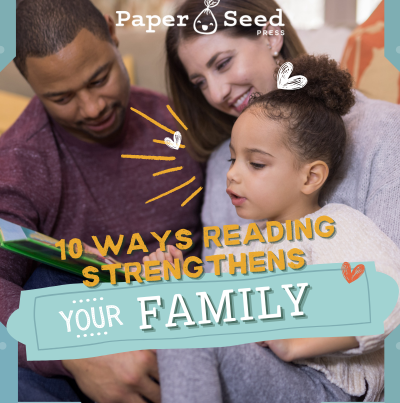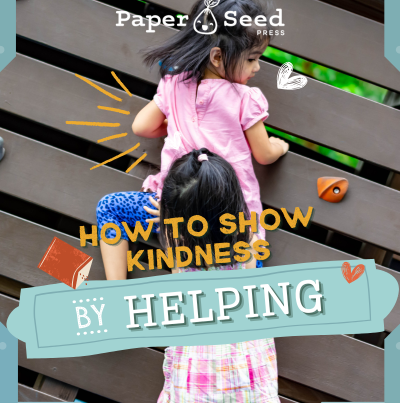Would you like your kids to develop the skill of empathetic listening? Check out our full lesson including examples, activities, and why listening is so important + FREE resources to make teaching this important skill EASY!
Listening to others is a great way to help them feel heard and understood as they work through emotions or problems. When we listen to serve we don’t focus on solving the problem, but on allowing the person to take a journey of self-discovery.
Communication that leads to real human connection involves active listening and empathy. Active listening includes eye contact as well as verbal and non-verbal acknowledgments that you are listening. This includes things like nodding your head, responding affirmatively and asking questions for clarification. Empathy involves reflection, validation and a genuine concern for how another is thinking or feeling. This combination of active listening and empathy can be referred to as empathetic listening, can improve relationships of all kinds, from couples and families to friends and coworkers. – Michigan State University
Example:
Friend: I have been feeling really sad lately. You: What has made you sad? Friend: Some kids at school have been calling me names.
Good Response:
You: That sounds really hard, how often does it happen? Friend: Almost everyday. You: (Wait for them to continue talking) Friend: One of the kids comes up to me during recess and won’t stop saying mean things. I have asked him to go away but he just follows me… I think I need to tell a teacher. You: I can come with you to tell the teacher if you want.
Less Helpful Response:
You: That happens to me all the time. I just remember that words can never hurt me and toughen up. Have you tried that?
Activity:
Telephone Game:
How to play: As a group stand in a line close enough together that you can whisper in the person’s ear next to you. The first person will whisper a phrase into their neighbor’s ear, and they will then whisper what they hear on to the next person. Continue until the last person and have them say aloud the phrase they heard. For extra learning/challenge have music playing as a distraction and to make it more difficult to hear what people are saying.
Takeaway: We have to listen very closely to understand what someone is saying. If we are distracted or not focused on them, we might misunderstand.
Discussion Questions:
- What are some things that made it difficult for you to hear what the person next to you said?
- What could you have done so you didn’t misunderstand what the other person said?
- Why do you think it is important to listen to people?
- When is a time someone listened to you and it helped you feel better?
Resources for this Week:
Receive these for FREE by clicking the link below + you will receive new resources each week for each week’s theme.

Plant Daily Seeds of Kindness Poster Log:
As your kids complete acts of kindness either from drawing ideas from the jar below, or coming up with ideas on their own, they can color in a seed. You can encourage them to do one a day, or more if you would like. Consider having a reward planned when all the seeds are colored in, but the habits of kindness they will develop are the ultimate reward! We have printable options for 24 x 18 in and 36 x 24 in.

Jar + Seeds
Place this week’s label on the jar and then cut out the seeds or create your own for kids to pull out each day. Each seed has an idea of how to be a good listener for the day, to practice the skill and develop a new habit of listening to serve.
- Practice Making Eye Contact while listening.
- Ask someone a question to get to know them.
- Set aside 5 min to listen to someone having a bad day.
- Call someone you haven’t talked to in a while.
- Visit a neighbor and listen.
- Ask someone a clarifying question as you listen to them.
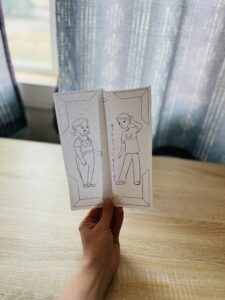
Growing Closer through Listening Activity Page
Not just a coloring page. This activity page is a review of what makes a good listener + tactile practice folding, coloring, and writing. Children are encouraged to write ways to be a good listener on each dotted line before folding to show that as we listen empathetically we grow closer. Some examples:
- Make eye contact.
- Face the person talking.
- Ask clarifying questions.
- Get rid of distractions.
- Keep the focus on them, don’t compare what they are going to to yourself.
- Wait quietly for them to speak.

Kindness Journal Pages
A summary of the lesson included on this page + activities, riddles, games, writing prompts, and more! These pages are taken from our Kindness Journal which is available for purchase through Amazon. If you don’t want to print your own pages each week, click the button below!
- Weekly topic on kindness to work on individually or as a family/classroom.
- Lesson detailing why it is important to work on that area of kindness, how to do so, and an example.
- Activity page including games, activities, writing, and more!
- Weekly Journal Page to write about the week
- Collectable quote page to hang on the wall as a reminder of the week’s topic.
